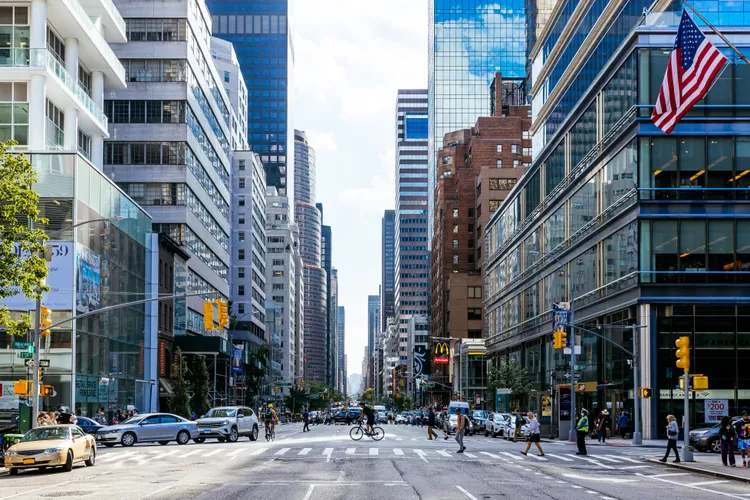Office Construction Keeps Humming Despite Property Market’s Woes

The city of Austin, Texas provides a snapshot of a bigger conundrum facing an already beleaguered U.S. office property market—construction of new space keeps humming even as property value plunge on existing properties and more companies plan for less, not more, office space.
Austin Office Market Got Pandemic Boost
Seventy million square feet of office space exists in the metropolitan Austin, Texas, area. Twenty-eight percent of it sits vacant, currently available for leasing.Yet newly constructed space totaling 657,139 square feet has hit the Austin market this year, with 5.5 million more square feet under construction. That’s not all—existing building plans call for an additional 11.8 million square feet of space.
Office construction, after all, takes years of preparation and planning and once it’s underway, stopping isn’t an easy option. In most cases, forward was the only option. Then came the rise of work from home in Austin and across the country, and vacancies started to pile up.”People are correct in saying we need less space,” said Jessica Morin, head of U.S. Office Thought Leadership with commercial real estate and investment services firm CBRE. “The bigger question is how much less space.”
1. Unabated Construction
Nationwide, 118.2 million square feet of office space currently is under construction, representing 1.8% of existing space—more than a fifth of which is available for lease.Add that to plans for additional construction, and office space nationwide is scheduled to increase by 5.6% in the next few years.That additional space will come online even as large firms plans to use less office space in coming years.
2. Concentrated Vacancies
The disparate nature of office properties, however, helps explain why some construction keeps increasing in the face of falling office property values, rising vacancies and seemingly abundant availability.
Research from CBRE found that 10% of all office buildings in the markets it tracks account for 80% of total square footage occupancy loss between the onset of the pandemic and the end of 2022.These “hardest-hit buildings,” as CBRE termed the cohort, generally exist in areas with relatively high crime rates fewer nearby amenities. Though not necessarily aging, many are located in downtown markets, particularly in the Northeast and along the West Coast.
3. Rents Don’t Reflect Market Realities—Yet
Still, it’s questionable whether property owners have fully come to grips with the current market realities.In Austin, for instance, the average asking rent on existing space remains $51 per square foot—27% more than the nationwide average.The disconnect appears even more pronounced in the nation’s largest market, New York City. Average asking rents of $88 per square foot in Manhattan remain more than double the nationwide average, even though a fifth all space sits available for lease
Rents in the New York market always exceed the nationwide average. Still, the current asking rates persist even as a joint Columbia University/New York University study predicts the city’s property values by 2029 will remain less than half what they were in 2019 if work-from-home habits don’t revert to norms prior to the Covid-19 pandemic.
However, adjusted for inflation, CBRE’s data shows that rents have fallen 15% below their pre-pandemic high. The firm projects that “real” rents adjusted for inflation will drop another 10-12% in the next 18 months to two years before stabilizing.

